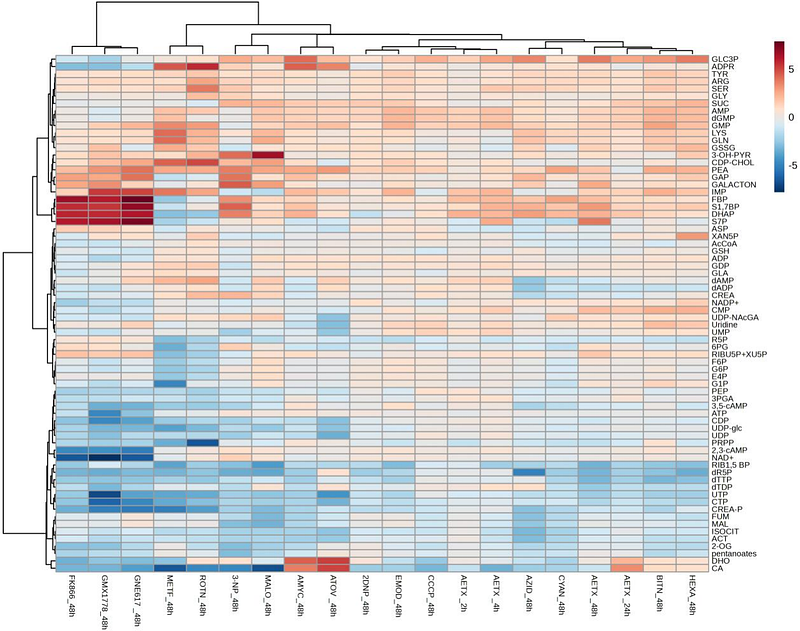Aetokthonotoxin, the causative agent of vacuolar myelinopathy, uncouples oxidative phosphorylation due to protonophore activity

Aetokthonotoxin, the causative agent of vacuolar myelinopathy, uncouples oxidative phosphorylation due to protonophore activity
Rebhahn, V. I. C.; Saoud, M.; Winterhalter, M.; Schanbacher, F.; Jobst, M.; Ruiz, R.; Sonntag, A.; Kollatz, J.; Sprengel, R.; Donovan, S. F.; Del Favero, G.; Rennert, R.; Niedermeyer, T. H. J.
AbstractAetokthonotoxin (AETX) is an emerging environmental toxin produced by the freshwater cyanobacterium Aetokthonos hydrillicola. Accumulating in the food chain, it causes vacuolar myelinopathy, a neurological disease affecting a wide range of wildlife characterized by the development of large intra-myelinic vacuoles in the white matter of the brain. So far, the mode of action of AETX is unknown. After discovering that AETX is cytostatic and arrests cancer cell lines in G1-phase, metabolomic profiling of AETX-treated cells as well as an assessment of the physico-chemical properties of the compound suggested that AETX is a weakly acidic uncoupler of mitochondrial respiration. We confirmed this hypothesis by in vitro assays on mammalian cells, finding that AETX has the expected effects on the mitochondrial network morphology, mitochondrial membrane potential, and oxygen consumption rates, resulting in affected ATP generation. We confirmed that AETX is capable of transporting protons across lipid bilayers. In summary, we demonstrate that AETX is a protonophore that uncouples oxidative phosphorylation in mitochondria, the primary event of AETX intoxication.